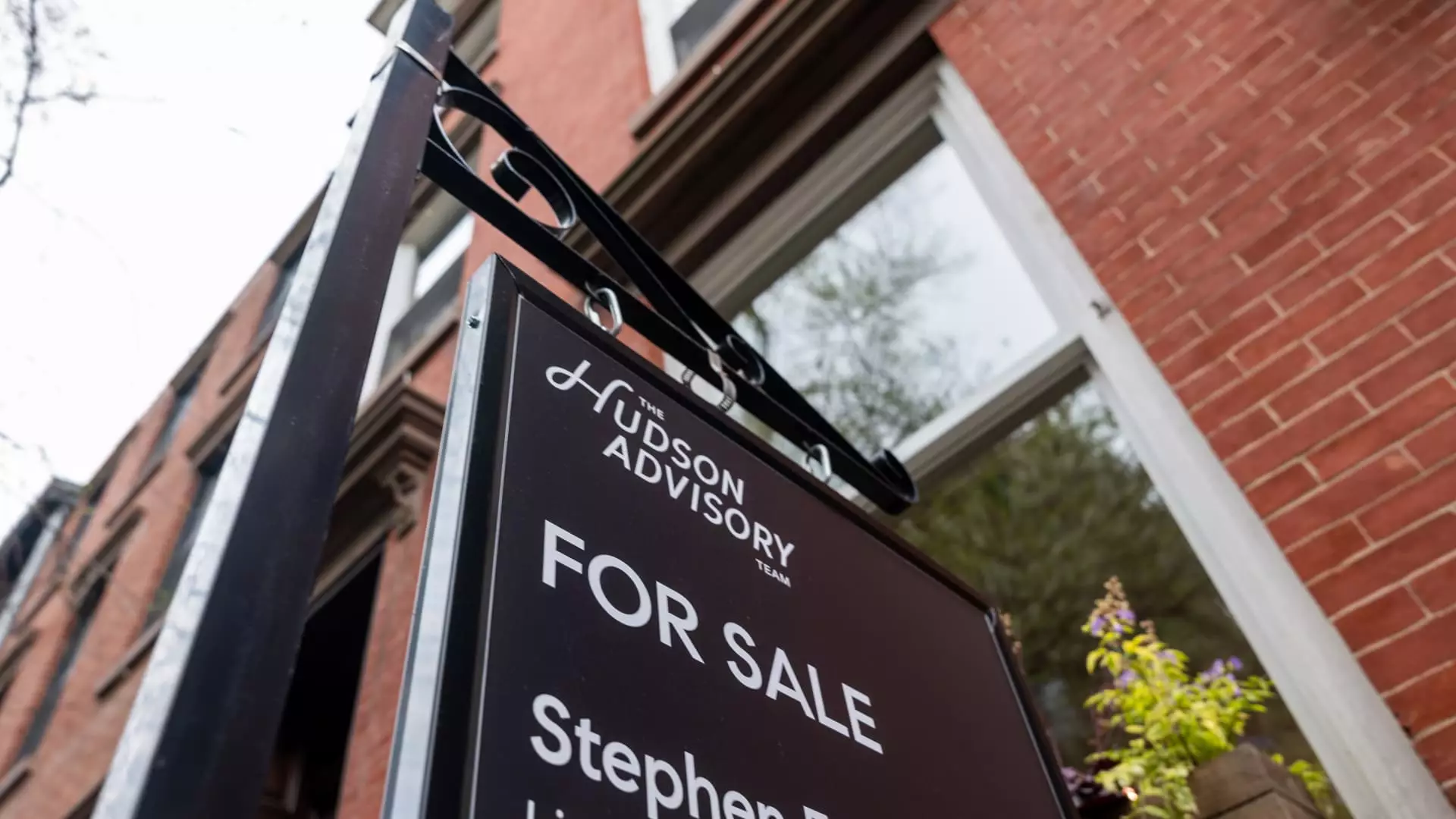This week has demonstrated just how volatile mortgage rates can be, especially in today’s political and economic landscape. The average rate for a 30-year fixed mortgage has skyrocketed by an alarming 13 basis points, reaching 7.1%, a peak not recorded since February. Such fluctuations are more than just numbers on a graph; they signify deeper systemic issues that continue to challenge the housing market. The interplay of domestic policies and global economic trends has positioned the housing industry on a precarious edge, with consumers caught in the crossfire.
Impact of Political Decisions on Financial Markets
The driving force behind this spike in mortgage rates can be traced back to President Trump’s questionable tariff policies. Initially, as tariffs were slapped on numerous countries, bond yields soared. However, in a surprising twist, President Trump rolled back some of these tariffs, only to leave steeper tariffs on Chinese imports intact at a staggering 145%. The bond market reacted unfavorably to this unpredictability, culminating in a tempestuous week for financial securities. This political play not only undermines trust in economic stability but also erodes consumer confidence in making significant investments such as purchasing a home.
The Dissonance with Inflation Reports
Compounding these issues, the recent inflation reports painted a grim picture, with consumer sentiment sinking to its lowest levels in decades. Notably, the expectation for inflation surged to 6.7% in April from 5% just a month earlier, the highest since 1981. Such rising inflation levels should prompt caution among potential homebuyers. But what is disconcerting is how, amid reports that should lead to a reduced appetite for borrowing, mortgage rates continue their upward trajectory. The correlation between Treasury yields and mortgage rates seems to be bucking established trends, leaving many to wonder about long-term implications.
A Bleak Outlook for the Housing Market
Nancy Lazar, chief global economist at Piper Sandler, voiced concerns about the impact high mortgage rates will have on consumer behavior. She highlighted that the spring housing market, typically viewed as a boon for real estate, is likely to suffer under these current economic strains. With rising rates, fears over job security, and an overall shaky economic environment, potential buyers may find themselves second-guessing one of life’s biggest investments. The once vibrant notion of homeownership is fading swiftly, and its appeal is being overshadowed by apprehension and uncertainty.
End of an Era for Affordable Housing?
Today’s rising mortgage rates signal a critical turning point. For many, the dream of affordable housing is slipping further from reach. The reality is that as rates edge higher, the conversation shifts from how much homebuyers can afford to whether they can afford to buy a home at all. For those who historically rely on homeownership as an avenue to build wealth, the current trajectory is frighteningly clear: housing affordability is becoming an elusive goal for the average American. This isn’t simply an economic issue; it’s a societal one with profound ramifications for future generations. The foundation of the American Dream is undoubtedly crumbling, and immediate action is necessary to prevent further deterioration.

